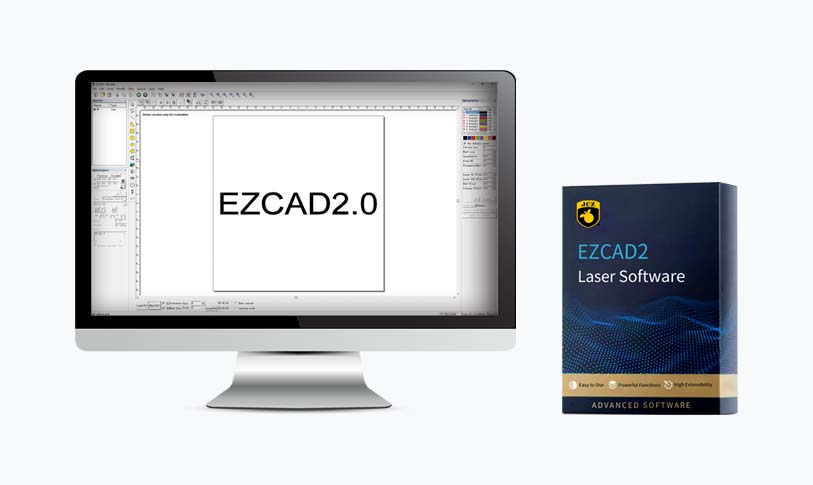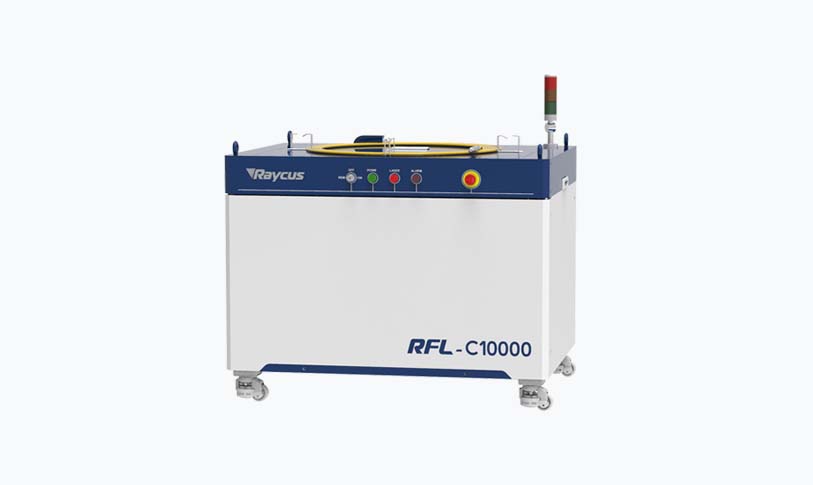[fiber marking]Understanding Fiber Marking: A Comprehensive Guide to Its Importance, Techniques, and Applications in Modern Industries
Fiber marking is a critical process that contributes to the identification, traceability, and quality assurance of various materials in numerous industries. As technology advances, the methods and applications of fiber marking continue to evolve, offering enhanced accuracy and efficiency. This article delves into the significance of fiber marking, exploring its techniques, benefits, and the industries that rely heavily on this fundamental practice.
What is Fiber Marking?
Fiber marking refers to the process of using specialized equipment to engrave or etch identifying information onto fibers and textiles. This information can include barcodes, serial numbers, logos, or other essential data that facilitate product tracking and enhance brand identity. The marking is usually permanent and can withstand various environmental stresses, ensuring that the information remains intact throughout the product’s lifecycle.
Importance of Fiber Marking
Fiber marking plays a pivotal role in the supply chain and product management processes across different sectors. One of its primary functions is to improve traceability. In industries such as textiles, automotive, aerospace, and pharmaceuticals, the ability to trace a product back to its source is crucial for safety, compliance, and quality control. Fiber marking allows manufacturers to maintain accurate records and monitor the authenticity of their products.

Understanding Fiber Marking: A Comprehensive Guide to Its Importance, Techniques, and Applications in Modern Industries
Another significant advantage of fiber marking is its contribution to anti-counterfeiting measures. The global market faces serious challenges due to counterfeit products, and fiber marking serves as an effective solution. By embedding unique identifiers into the fibers, companies can ensure that customers can verify the authenticity of a product, thereby safeguarding their brand reputation and consumer trust.
Techniques of Fiber Marking
Various techniques can be used for fiber marking, each with its unique benefits and applications. Some of the most commonly used methods include:
1. **Laser Marking**: One of the most popular techniques in fiber marking, laser marking involves using high-powered lasers to create precise markings on the fiber. This method is favored for its speed, accuracy, and ability to produce high-contrast marks that enhance readability. Additionally, laser marking is highly versatile and can be used on various materials, including synthetic and natural fibers.

Understanding Fiber Marking: A Comprehensive Guide to Its Importance, Techniques, and Applications in Modern Industries
2. **Inkjet Printing**: Inkjet printing is another technique used in fiber marking, particularly for large-scale applications. This method involves spraying ink onto the fiber material to create markings. Inkjet printing is beneficial for creating colorful and complex designs but may not offer the durability that laser marking provides.
3. **Hot Stamping**: This technique uses heat and pressure to transfer foil onto the fiber material, creating a raised and vibrant mark. Hot stamping is commonly used for branding and decorative purposes, making it ideal for items like clothing labels and packaging.
4. **Heat Transfer Printing**: In this process, designs are printed onto a special transfer paper and then applied to the fiber with heat. This method is widely used for custom designs and logos, especially in the apparel industry.
5. **Embroidery**: Although not a marking technique in the traditional sense, embroidery creates permanent markings on fabric that are both durable and aesthetically pleasing. This is particularly popular in uniforms, promotional products, and branding apparel.
Applications of Fiber Marking
Fiber marking has extensive applications across various industries:

Understanding Fiber Marking: A Comprehensive Guide to Its Importance, Techniques, and Applications in Modern Industries
– **Textiles and Apparel**: In the fashion industry, fiber marking is essential for branding, size labeling, and care instructions. Being able to mark fabrics accurately helps manufacturers maintain quality and ensures compliance with regulations.
– **Automotive and Aerospace**: In the automotive sector, fiber marking is used to identify parts and components. This is critical for maintaining safety standards and ensuring that replacement parts meet specifications.
– **Medical Devices**: In the pharmaceutical and medical fields, fiber marking is used for tracking devices and ensuring compliance with strict regulatory standards. The ability to trace each component back to its origin can be a life-saving measure.
– **Electronics**: Many electronic items, such as wires and cables, utilize fiber marking for identification purposes. This practice is crucial for preventing malfunctions and ensuring that components are correctly assembled.
Conclusion
Fiber marking is an indispensable aspect of modern manufacturing and product management. With the advancing technology and diverse techniques available, it is essential for industries to adopt effective fiber marking strategies to ensure compliance, enhance brand integrity, and improve consumer trust. As a cornerstone of traceability and quality assurance, fiber marking will continue to play a vital role across various sectors in the years to come. By understanding and applying the principles of fiber marking, businesses can significantly enhance their operational efficiency and product reliability.qs laser treatment
